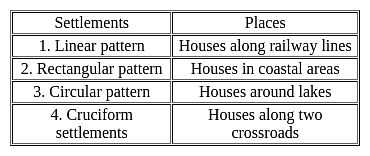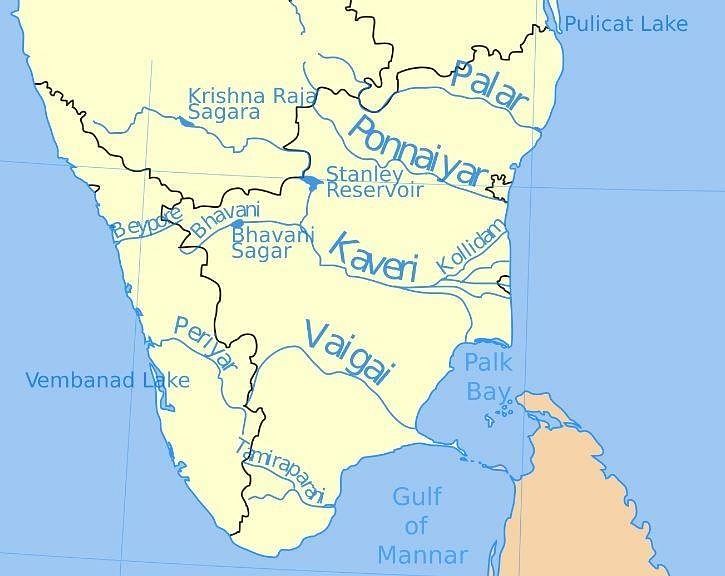KVS TGT Social Science Mock Test - 7 - KVS PGT/TGT/PRT MCQ
30 Questions MCQ Test KVS TGT Exam Mock Test Series 2024 - KVS TGT Social Science Mock Test - 7
Directions: In each of the following questions, a sentence has been given in Active (or Passive) Voice. Out of the four alternatives suggested, select the one that best expresses the same sentence in Passive/ Active Voice.
People are raising a hue and cry and are breaking the furniture.
Fill in the blank with the correct option.
I never lend money to Curtis. He ______ pays me back.
| 1 Crore+ students have signed up on EduRev. Have you? Download the App |
Which one of the following statements best summarizes the relationship between development and learning?
A. Development and learning affect each other
B. Development process lags behind the learning process
C. Development is synonymous with learning
D. Learning and Development are parallel processes
Consider the following pairs:

Which of the pairs above is/are correctly matched?
Which one of the following is an east flowing river?
Which of the following fundamental rights as enshrined in the Constitution of India belong only to the citizens?
- Article 19 (Protection of right to freedom of speech)
- Article 21 (Protection of life and personal liberty)
- Article 15 (Prohibition of discrimination)
- Article 16 (Equality of opportunity)
Select the correct answer using the code given below.




















